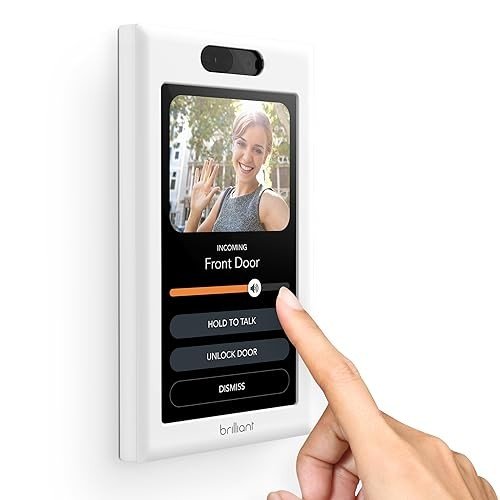Contemporary Lighting in the UK: Transforming Spaces with Illumination
Lighting plays a vital role in specifying the ambiance and functionality of any space. In the UK, contemporary lighting has actually emerged as a substantial design component, using innovative solutions that mix visual appeals with functionality. This article explores the different designs, products, and technologies forming contemporary lighting, in addition to suggestions for choosing the most ideal fixtures for different settings.
The Evolution of Contemporary Lighting
Contemporary lighting in the UK shows the changing tastes and technological improvements in style. It encapsulates a large variety of designs, consisting of:
- Minimalist: Characterized by simpleness and clean lines, minimalist lighting fixtures concentrate on type and function without unneeded embellishments.
- Industrial: Inspired by city settings, industrial lighting combines basic materials like metals and woods with vibrant styles, producing edgy, practical pieces.
- Scandinavian: Known for its warmth and simpleness, Scandinavian lighting frequently includes soft colors and natural products, concentrating on producing a cozy environment.
- Smart Lighting: This modern pattern integrates innovation with design, enabling users to control their lighting with mobile apps, voice commands, or automation systems.
To highlight the advancement and variety in the field of contemporary lighting, consider the table listed below, which highlights essential characteristics of various styles.
| Design | Key Characteristics | Popular Materials | Suitable Spaces |
|---|---|---|---|
| Minimalist | Basic, practical styles | Metal, glass, wood | Modern homes, workplaces |
| Industrial | Raw, incomplete look | Steel, concrete, wood | Lofts, galleries |
| Scandinavian | Comfortable, warm looks | Natural fibers, light wood | Living rooms, coffee shops |
| Smart | Integrated technology, automation | Differs widely | Homes, offices, retail spaces |
Choosing Contemporary Lighting Fixtures
Choosing the right lighting fixtures for a space needs mindful consideration of numerous factors. Here are crucial elements to keep in mind:
1. Function of the Space
Before choosing fixtures, think about the intended usage of the location. Various functions require various kinds of lighting:
- Task Lighting: Focused lighting for activities such as reading, cooking, or studying. Examples consist of table lamps and under-cabinet lights.
- Ambient Lighting: General lighting that provides total lighting. Ceiling lights and pendant fixtures fall under this classification.
- Accent Lighting: Designed to highlight specific features or locations, such as artwork or architectural information. Wall sconces and track lighting are typical choices.
2. Style and Theme
The lighting needs to match the existing decoration. Choose fixtures that match or improve the total style of the area, whether it's contemporary, rustic, or eclectic.
3. Size and Scale
Consider the proportion of the lighting fixtures relative to the area. A large chandelier may look spectacular above a spacious dining table, while smaller pendant lights work well in compact settings.
4. Energy Efficiency
With rising energy costs and environmental issues, picking energy-efficient lighting choices is essential. LED lights are an outstanding option, offering longevity and lower energy consumption.
5. Versatility
In modern style, adaptability is essential. Fixtures that can be adjusted or rearranged improve functionality, permitting users to develop various environments as required.
Popular Contemporary Lighting Brands in the UK
The contemporary lighting market in the UK boasts various brands known for their innovative styles and quality craftsmanship. Some notable points out include:
- FLOS: An Italian brand name celebrated for its artistic and renowned lighting fixtures that typically function as art pieces.
- Tom Dixon: A British designer acknowledged for his modern, industrial styles that magnificently include metal and light.
- Anglepoise: Known for its versatile, functional lamps, best for a range of settings from home workplaces to creative studios.
- John Lewis: Offers a range of contemporary lighting options that accommodate a broader audience, consisting of affordable yet trendy alternatives.
Frequently Asked Questions about Contemporary Lighting in the UK
1. What is contemporary lighting?
Contemporary lighting describes lighting designs and fixtures that reflect current design patterns, often characterized by clean lines, ingenious shapes, and using modern materials and technologies.
2. How do I pick the best lighting for my home?
Consider the function of the room, existing décor, size of fixtures, energy efficiency, and flexibility. Evaluate how each piece will add to the overall ambiance and performance of your space.
3. What are some energy-efficient lighting alternatives readily available in the UK?
LED lights are the most popular energy-efficient alternative, known for their long life-span and low energy intake. Compact fluorescent lights (CFLs) and halogen bulbs are other options.
4. Where can I purchase contemporary lighting in the UK?
Contemporary lighting can be found in numerous retail outlets, both online and in physical shops. Significant sellers consist of John Lewis, Habitat, and specialized lighting shops.
5. visit the following internet page in traditional areas?
Absolutely! Contemporary lighting can enhance traditional spaces when chosen thoughtfully. Picking fixtures with a balance between modern and traditional elements can produce an unified design.
Contemporary lighting in the UK represents more than simply lighting; it embodies design development and creativity, transforming spaces and boosting functionality. As trends continue to progress, house owners and designers alike can explore an extensive variety of styles and technologies, making sure that every room bursts with life, heat, and character. By thinking about the essential elements laid out in this article, one can curate a collection of lighting fixtures that resonates with personal design and fulfills useful requirements, ultimately forming comfy and visually enticing environments.

